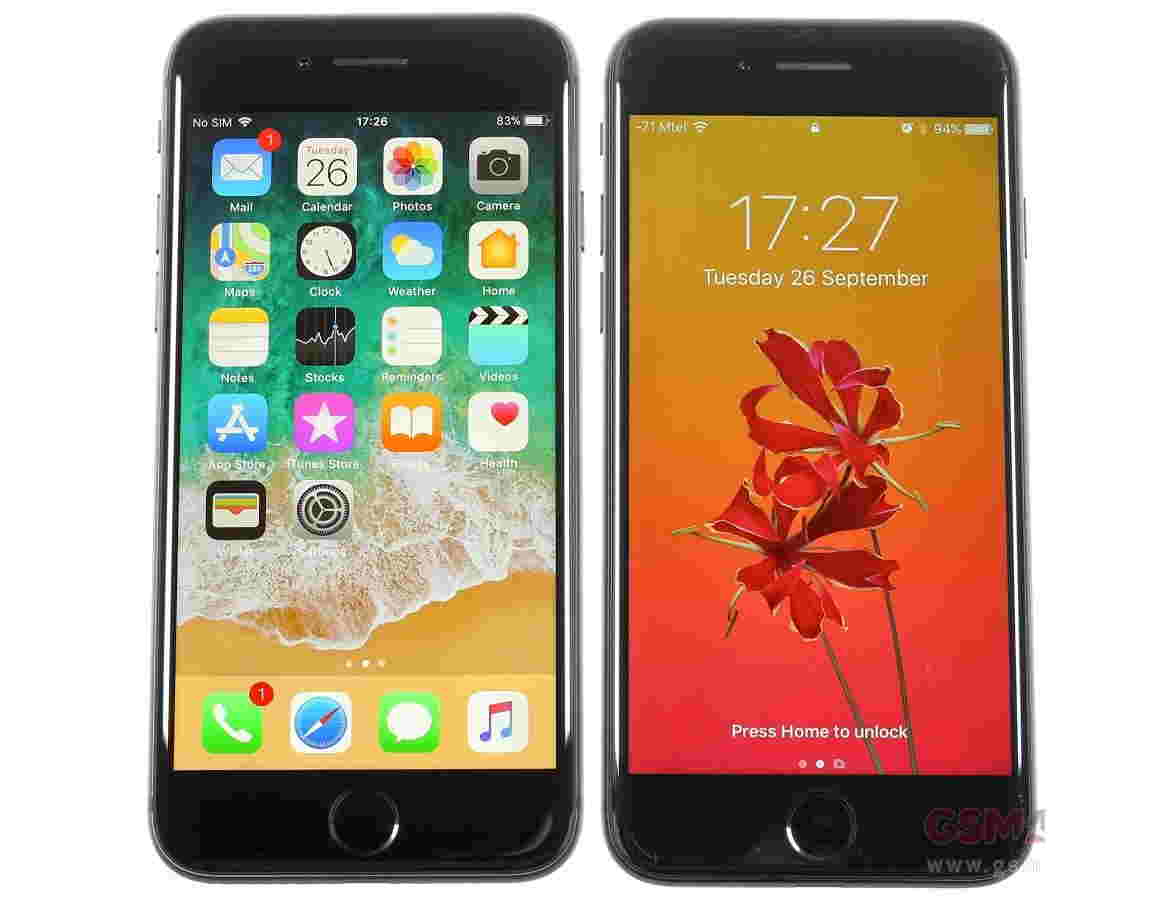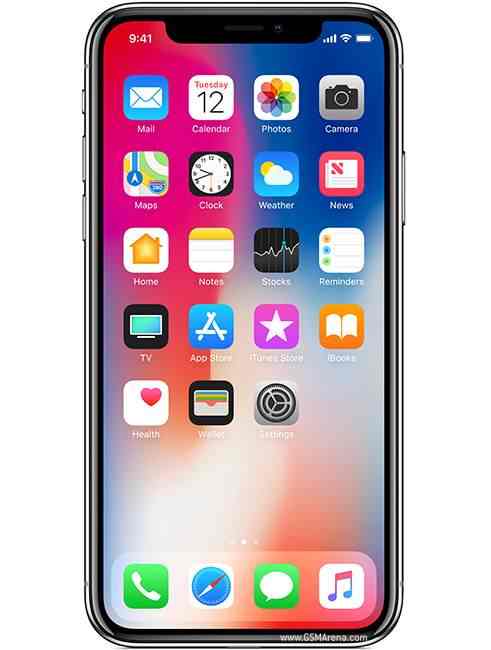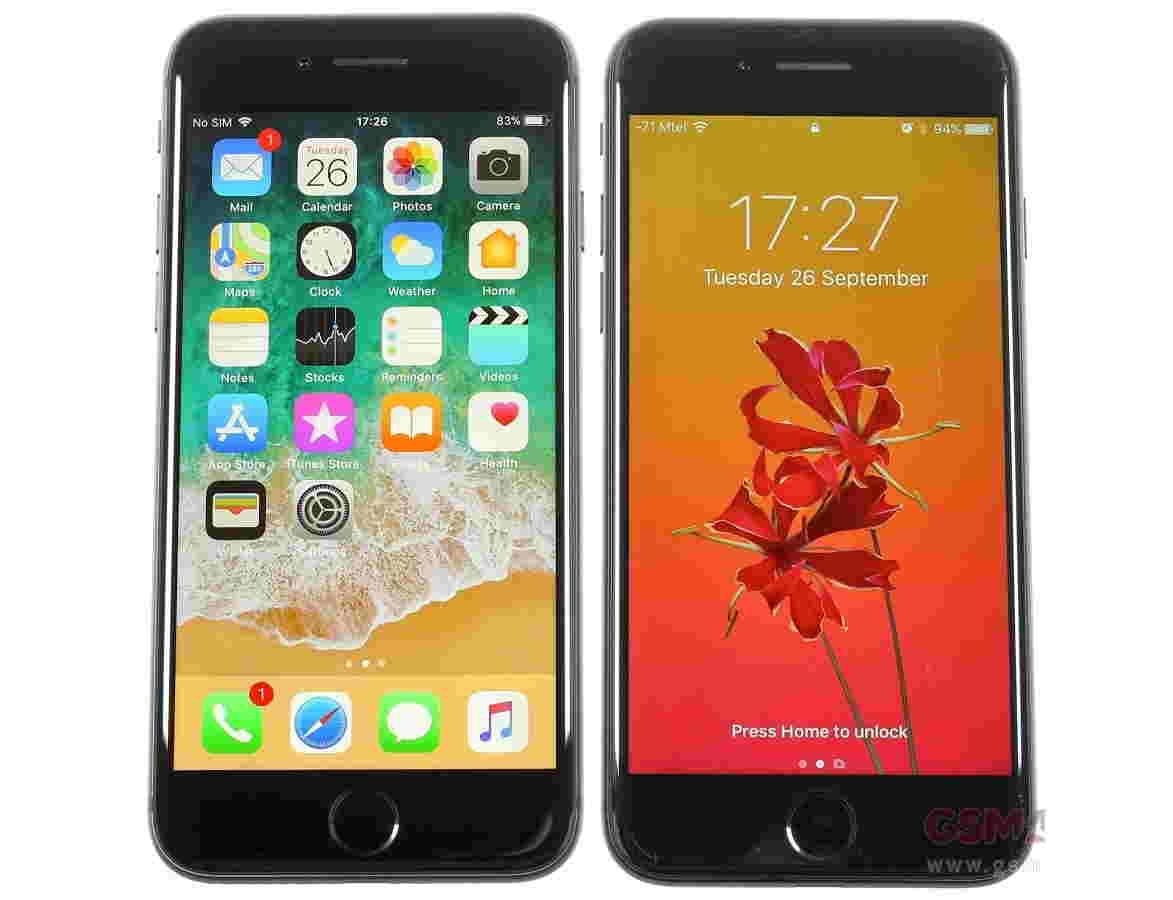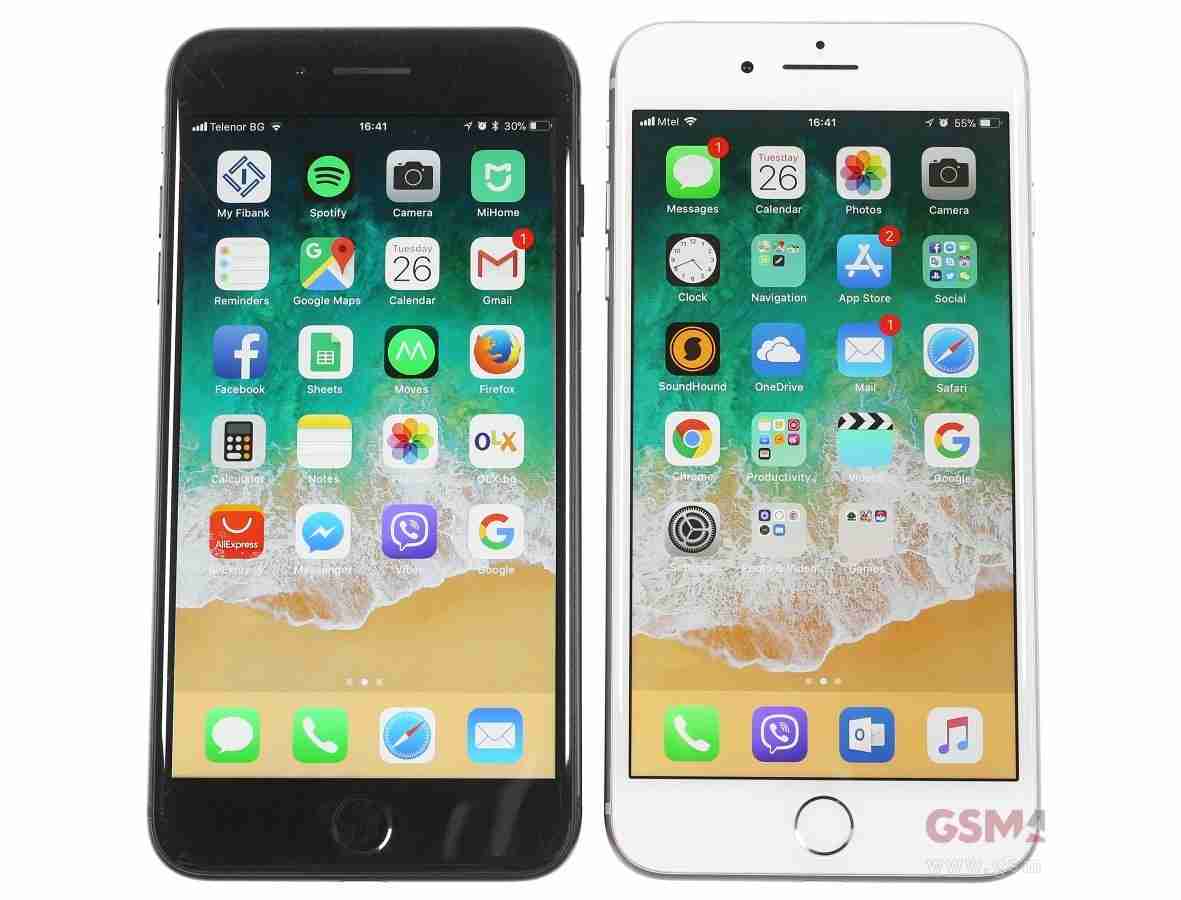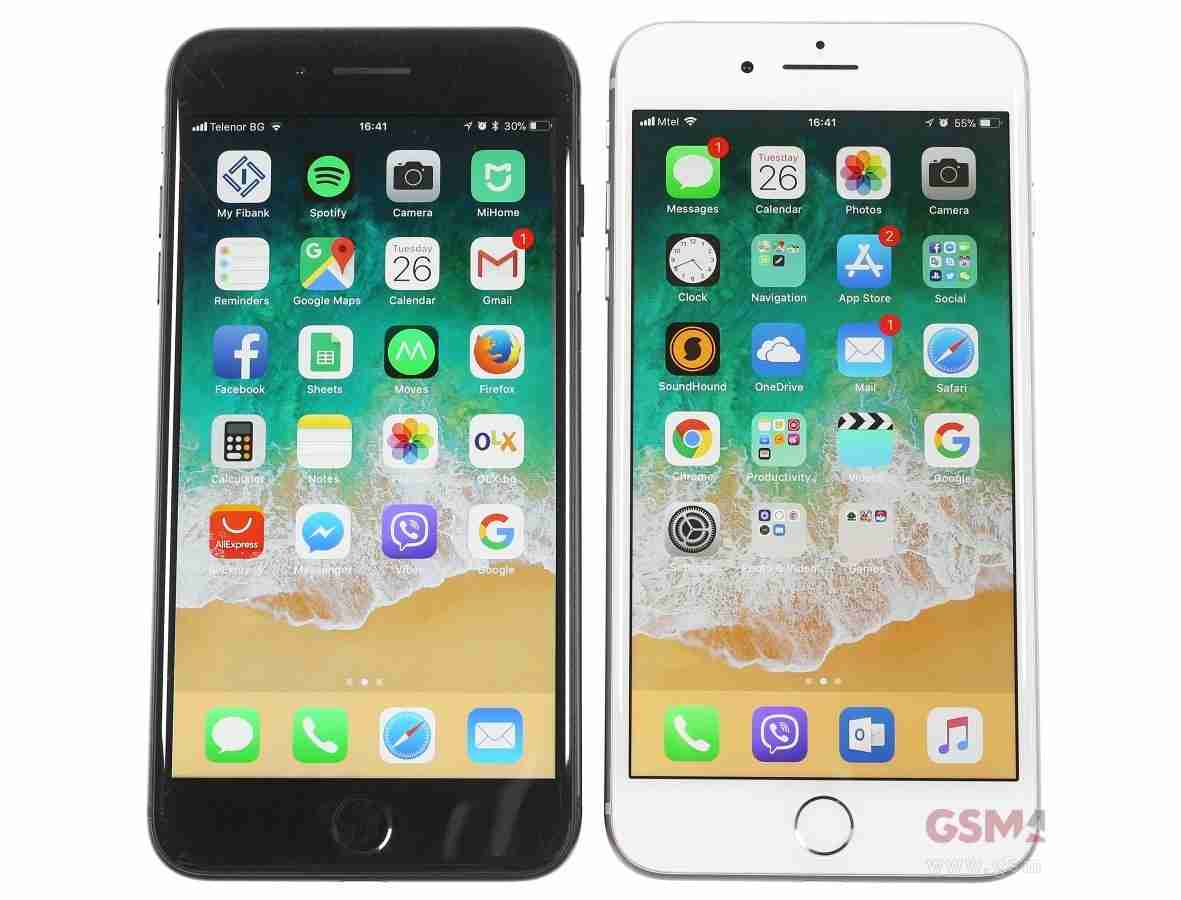
Drop, bash and wiggle
Deep underground at Huawei's Shanghai campus lies a purpose-built facility designed to put the latest smartphones through extreme tests, ensuring the device which lands in your hand is capable of taking more than just a couple of knocks.
We were invited to China to check out Huawei's facility inside the city's longest building, stretching for one kilometre and the workplace for over 10,000 employees.
From seemingly endless drop tests and intense button bashing where failure is not an option, to extreme temperature exposure and highly technical radiation tests, a lot of credit needs to be given to the mobile which makes it into your pocket.
Huawei gets through 2,000 to 3,000 units during R&D for each new model, and it's a process which can last five months.
Here's what happens during those gruelling months ahead of launch.
I keep on falling
First off we hit the Mechanical Stress Test Labs and the tumbler tester. Here 10 identical units (which make up one test batch) are chucked into rotating chambers which simulate a tumbling fall of 0.5 metres onto steel.
Each unit is tumbled 100 times, and then all 10 are moved to the one metre tumble test for another 100 rotations each.

The phones are kept on during the tests and all have to be in full working order for the design to pass. The odd scratch on the case is allowed, but any physical or digital failure means it's back to the drawing board for the design team.

If that wasn't enough falling, the handsets are then strapped into the guided drop tester which simulates a free drop onto marble.
The machine ensures the device is dropped on a particular edge or side, and each phone is slammed into the ground a total of 12 times. That's twice on each side - front, back, left, right, top and bottom.
Although a metre is the standard, the test can be adjusted to a whopping 1.4 metres onto unforgiving marble.
A super slow-mo camera captures the impact at 5,000 frames per second, allowing the R&D team to assess exactly where, and why, any potential fault occurred. Just one of the ten handsets in a batch is allowed to fail this test.
Push the button, and wiggle
Smartphones these days are sporting fewer physical keys, but the ones that do reside on our mobiles are usually rather important and thus they need to cope with a high volume of presses.
The power/lock key on a single Huawei test phone is hit 200,000 times - a process which takes five days to complete. Meanwhile the volume buttons, which get less use during the lifetime of a phone, are bashed 50,000 times.
Again, failure of the 10 handsets in a batch is not an option, with all of them required to pass for the design to be approved.

The connector wiggling test is not only wonderfully named but also provides a critical function - ensuring you get a reliable USB port connection.
Here the USB cable plugged into a device is pushed left and right 2,000 times, simulating the times you wiggle the charging cable into the port and put stress on the connection when you use the phone while plugged in.
The 2,000 'wiggles' take around 20 to 30 minutes to complete, and for a design to pass there must be zero failures in the batch.

There's also a test to guarantee the reliability of USB port and headphone jack for at least three years. A microUSB cable is plugged in and removed from each of the 10 devices in a batch 10,000 times, while the headphone jack gets 5,000 repetitions.
Bending, heating and radiating
Bend and flex
We put our phones through a lot of stress, so manufacturers need to make sure their handsets can cope with our rough and ready lifestyles.
Huawei's bending test simulates your phone bending in your pocket as your move around and sit down. The device is slipped inside a material hammock and 20kg of force is applied from above.
The force is applied 100 times to each handset in a batch, and like many of the tests in the labs none of the phones can fail. If one does, the design has to be reworked so it does pass.

Even though the majority of smartphones aren't meant to flex, you'd be surprised just how much you can twist them.
The twist test sees 2nm of force applied to the top and bottom of the handset, twisting the phone left and right. You can physically see the whole body of the device bend, and every handset has to survive 500 of these painful movements.
If that wasn't enough punishment, the handsets are also put through a machine which simulates them getting stepped on with 70 kilograms of force. Each unit only goes through this machine once, but all 10 in the batch have to survive.
You're hot and you're cold
But the torture is by no means done; moving on from the Mechanical Stress Test Labs we took a brisk walk to the Environmental and Climate Test Room.

This vast room houses 18 cubes of varying sizes, the largest of which is 17 cubic metres - big enough to fit an elephant in - with the ability to simulate a wide range of environmental situations.
Phones are subjected to rapid temperature rises, with the equipment able to force a jump of 60 degrees in just one minute.
Handsets have to survive temperatures as low as -20 degrees Celsius and as high 55 degrees C, although the final operating range you'll see on the box typically states 0 - 40 degrees C.
The steep jumps in temperature ensures handsets can operate in countries with extreme climates - places such as Russia when one minute you're inside in the warmth and the next you're outside in sub-zero conditions.
Danger: radiation
Onwards and we're met by a massive yellow robotic arm and a oddly shaped sink which apparently mimics the human body. When we first saw the set up we were a little confused.
The sink is full of liquid to represent human body tissue, and the robo arm is plastered with sensors. Any ideas?

This is a test of electromagnetic radiation on the body, to ensure new phones won't have any negative effects on our biological make up.
A handset is strapped to the arm and then moved over different parts of the imitation body, allowing Huawei's boffins to monitor any potential effects it may have.
The phones have to pass strict FCC (US) and CE (Europe) testing standards, so it's not a process which is taken lightly. Needless to say - failure here is also not an option.

That's just a snapshot into the R&D process for every new smartphone, we didn't have time to make it to the likes of the thermal lab, impulse current test room or energy efficiency lab.
While we strongly recommended against you trying any of this at home, just spare a thought for the humble handset in your hand - it's much tougher than you think.








